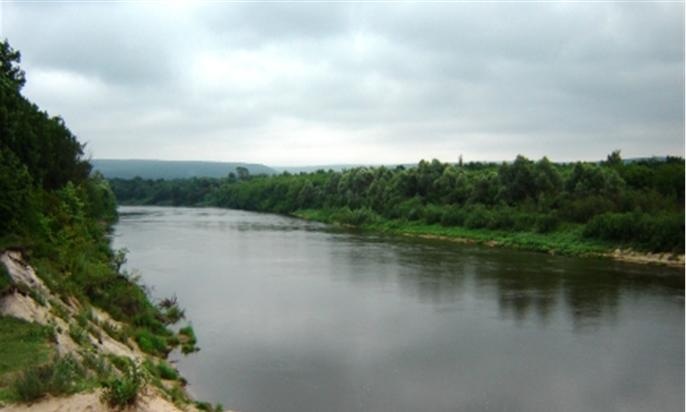PROCEEDINGS OF THE SCIENTIFIC CONFERENCES AND SCHOOL-SEMINARS
Solving differential equations with physics-informed machine learning
| Title | Solving differential equations with physics-informed machine learning |
|---|---|
| Authors | A. M. Abrashkin1 1Ulyanovsk State University |
| Annotation | The article discusses physics-informed machine learning (PIML) -- a new approach to solving partial differential equations at the intersection of classical numerical methods and machine learning. Including information about physical laws in the loss function of neural networks allows us to successfully solve problems even with a limited volume and noisy data. The use of universal function approximators on clouds of randomly selected points allows us to bypass the complexities of computational grids and flexibly integrate experimental data. The limitations of PIML associated with advection, rigid boundary conditions, and optimization local minima are described, as well as prospects for further development of PIML in engineering, physics, and quantum computing. |
| Keywords | machine learning, differential equations, partial derivatives. |
| Citation | Abrashkin A. M. ''Solving differential equations with physics-informed machine learning'' [Electronic resource]. Proceedings of the XVII International scientific conference "Differential equations and their applications in mathematical modeling". Saransk: SVMO Publ, 2025. - pp. 15-21. Available at: https://conf.svmo.ru/files/2025/papers/paper01.pdf. - Date of access: 07.12.2025. |
© SVMO, National Research Mordovia State University, 2025
Powered by Yii Framework


